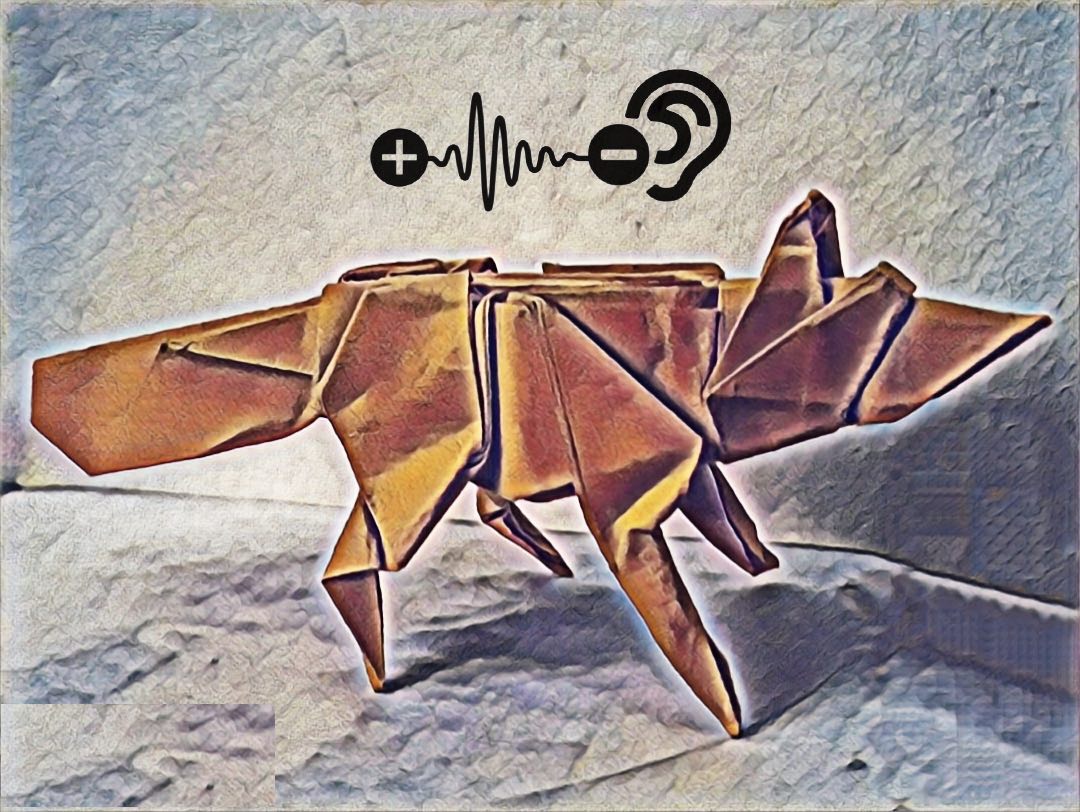Noise pollution has a significant impact on quality of life. In the office, noise exposure creates stress that leads to reduced performance, provokes annoyance responses and changes in social behaviour. Headphones with excellent noise-cancelling processors can now be acquired in order to protect oneself from the noise exposure. While these techniques have reached a high performance level, residual noises still remain that can be important sources of distraction and annoyance. We propose to study two augmented reality approaches, mostly targeted towards disturbance in open offices. We target additional sound source levels that are below or equal to the one of the noise source.
The first approach is to conceal the presence of an unpleasant source by adding some spectrotemporal cues which will seemingly convert it into a more pleasant one. Adversarial machine learning techniques will be considered to learn correspondences between noise and pleasing sounds and to train a deep audio synthesiser that is able to generate an effective concealing sound of moderate loudness.
The second approach is to tackle a common issue encountered in open offices, where the ability to concentrate on the task at hand is made harder when people are speaking nearby. We propose to reduce the intelligibility of nearby speech by the addition of sound sources whose spectro-temporal properties are specifically designed or synthesised with a generative model to conceal important aspects of the nearby speech.
The expected outcomes of the project are: 1) advances in the recent field of deep neural audio and speech synthesis and 2) lead to innovative applications for the engineering of the mitigation of noise in our daily life.
This project is funded by the ANR.
Credits to Sulian Lagrange for the fox origami.
